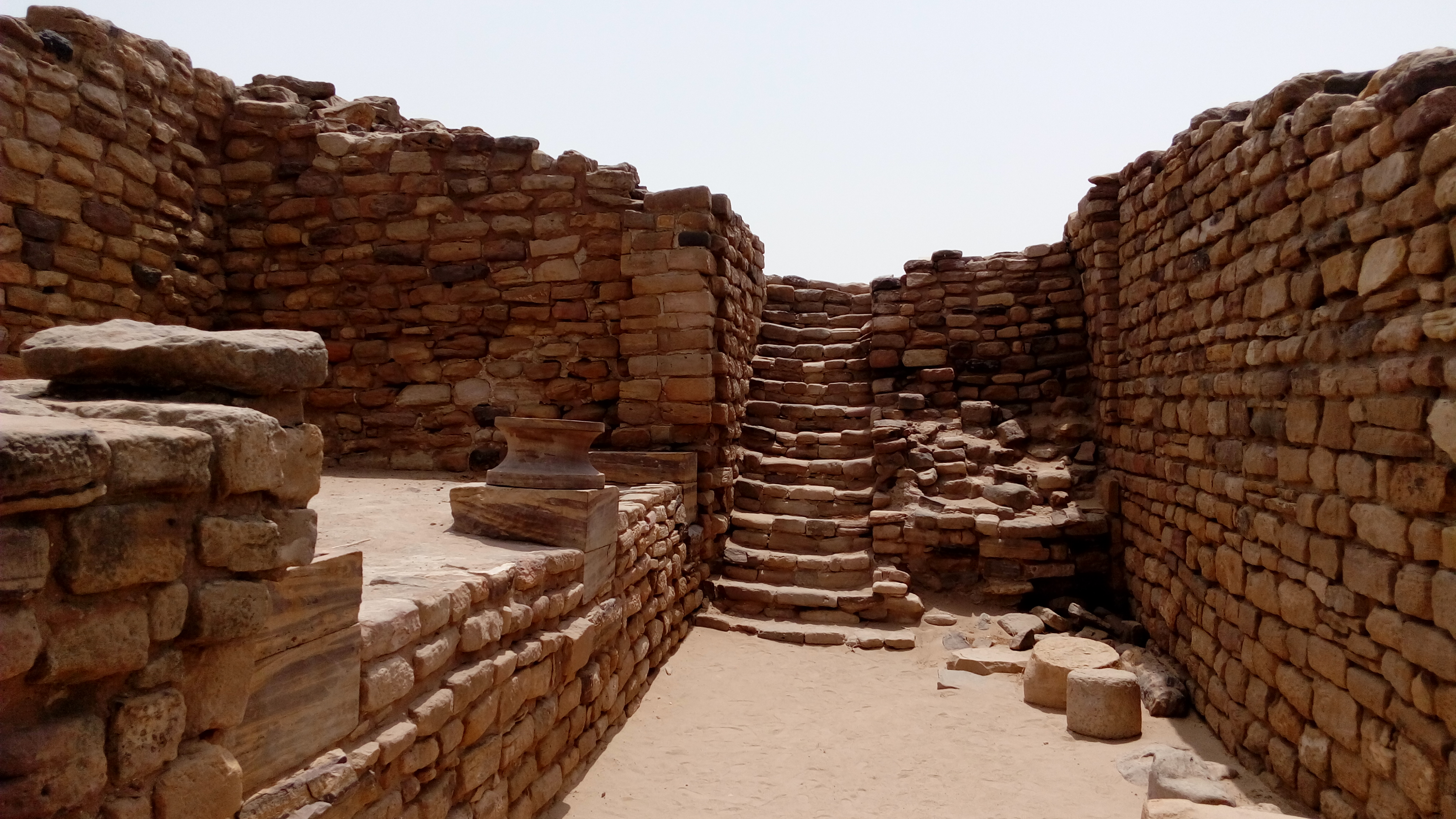The Rann of Kutch represents a remarkable geographical and historical landscape that has witnessed millennia of human civilization and natural transformation. Situated in the western part of India, this unique salt marsh and seasonal desert embodies a complex narrative of archaeological richness and ecological diversity.
The region's most significant historical marker is its profound connection to the Indus Valley Civilization, with Dholavira standing as a testament to the advanced urban planning of ancient inhabitants. This archaeological site reveals extraordinary insights into early human settlement strategies, demonstrating sophisticated water management techniques and an intricate understanding of astronomical principles.
Geologically, the Rann of Kutch has undergone dramatic transformations. What was once potentially a navigable archipelago during the Bronze Age has evolved into a stark, saline desert landscape. This geological metamorphosis offers researchers a fascinating study of environmental change and human adaptation across thousands of years.
The cultural tapestry of the region is equally compelling, characterized by diverse musical traditions, intricate folklore, and a syncretic heritage that blends Hindu and Muslim influences. The emergence of the Rann Utsav festival represents a modern celebration of this rich cultural legacy, drawing tourists from across the globe to experience the unique character of this extraordinary landscape.
Political history has also left its mark on the Rann of Kutch, with various dynasties and empires—including the Mauryas, Guptas, and later the Jadeja rulers—contributing to its complex socio-political narrative. The region's strategic location made it a nexus of trade, cultural exchange, and occasional conflict.
Archaeological excavations have continuously revealed the depth of human presence in this region. Sites like Dholavira and Khirasara provide compelling evidence of advanced urban civilizations that thrived here thousands of years ago, challenging conventional narratives about early human settlements in the Indian subcontinent.
The biodiversity of the Rann of Kutch is another crucial aspect of its significance. Despite its seemingly harsh environment, the region supports a remarkable array of wildlife and pastoral communities, each adapted to the challenging landscape in unique and resilient ways. The interplay between human settlement and natural environment remains a dynamic and ongoing story.
Modern perspectives on the Rann of Kutch increasingly recognize its importance not just as a historical site, but as a living landscape that continues to evolve. The region serves as a critical reminder of human adaptability, cultural resilience, and the intricate relationship between civilizations and their environmental contexts.








